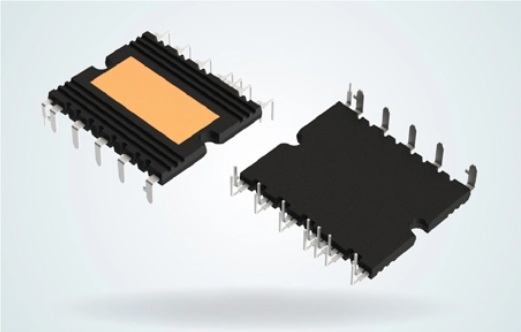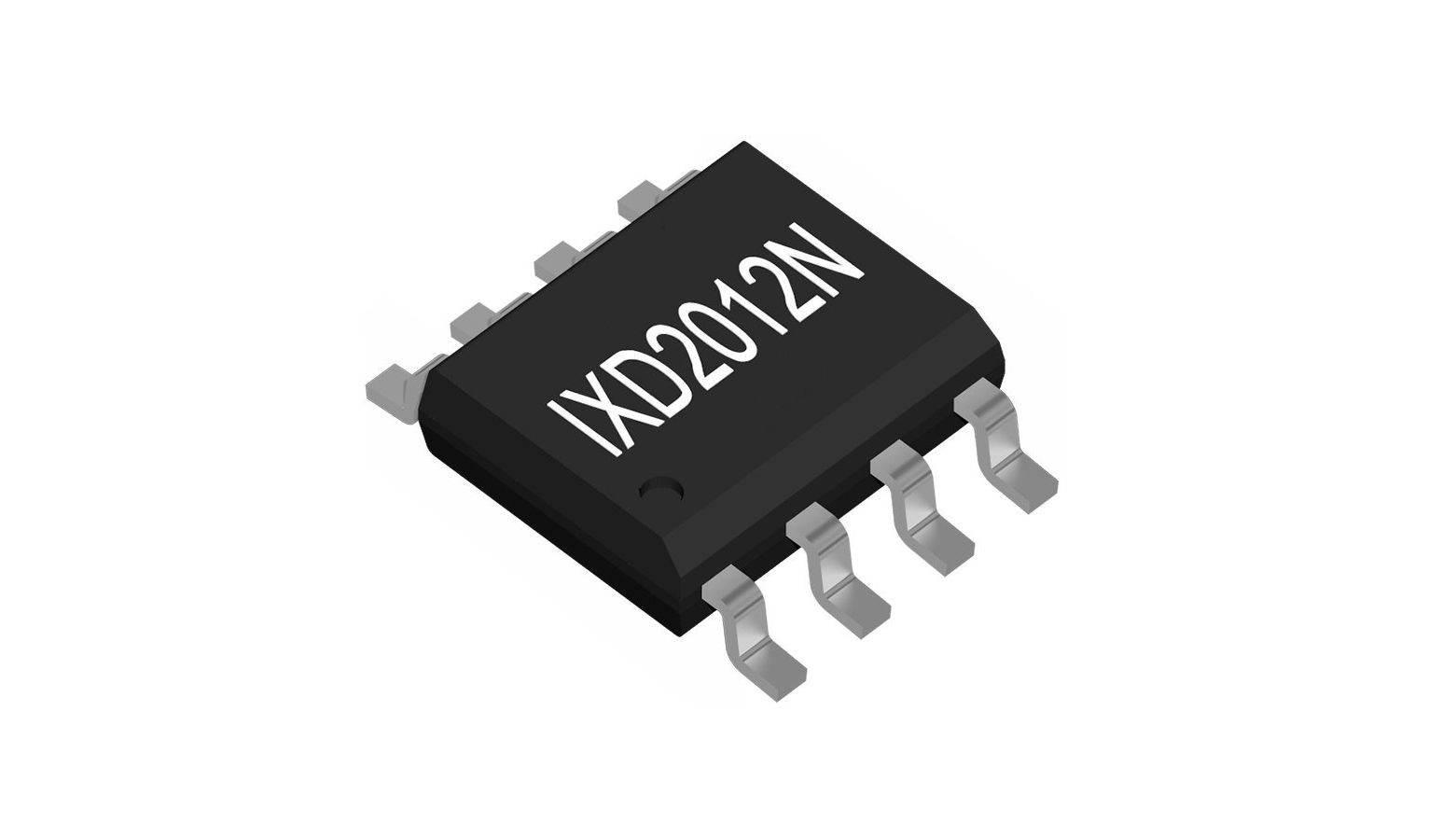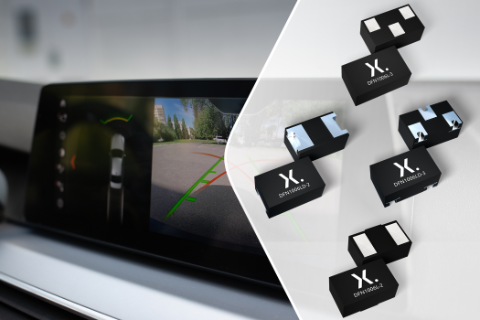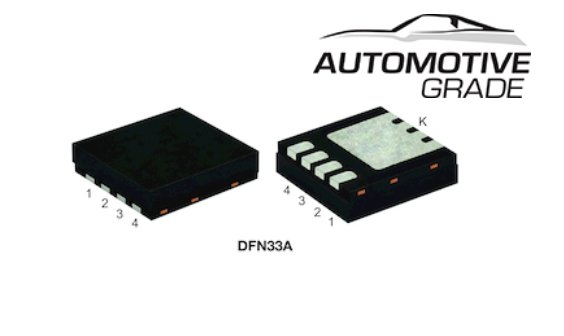Panasonic has developed a new range image sensor that capable to captures images of a 10 cm object at a distance of 250 meters in the dark. For ranging, the sensor uses the ToF method to emit infrared light and calculate the object distance based on the reflected light return time. In order to improve the accuracy of detecting objects in remote locations where the reflected light is weak, Panasonic uses a highly sensitive light receiving device.
The sensor's pixels are 260,000 (688 x 384), making object recognition easier with image analysis. Panasonic expects the sensor to be used to monitor the surroundings of the vehicle and to monitor the camera.
Panasonic believes that in the field of autonomous driving, the sensor complements the functionality of existing sensors because the new sensor has a longer detection range (laser detection and ranging system) than Lidar (LDAR), and can obtain depth images and take images in a completely dark environment.
In order to capture depth images, the new sensor uses a principle similar to a flash-type lidar. As for the light receiving device, Panasonic integrates an avalanche photodiode (APD), which has an extremely high sensitivity and therefore high sensitivity. Avalanche photodiodes have a multiplier function, and an incoming photon can generate a large amount of electrons. However, due to its multiplication function, its pixel area is large.
Panasonic is expected to begin sampling the sensor in 2019 and begin mass production in 2021.












All Comments (0)